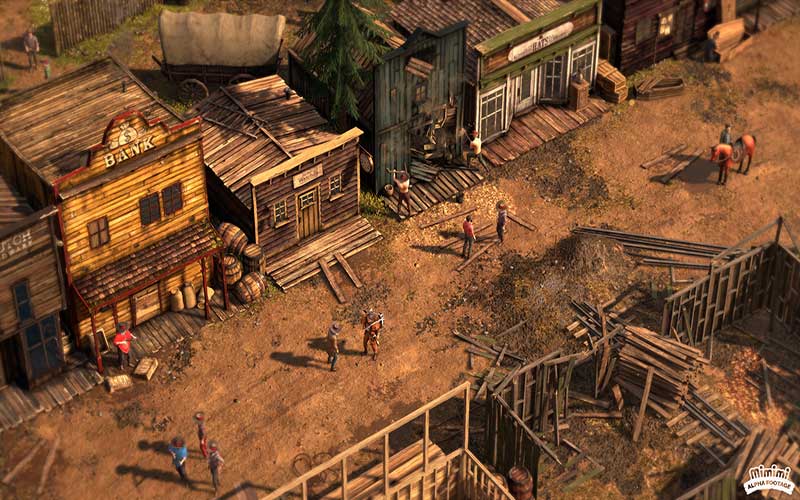

In this, you can slow down the game to a halt as you survey your surroundings, working out the best actions for each character, and then executing them after the showdown is over. One of Desperados III’s best features is its showdown mode. The way characters clash and respond is something shown throughout both the dialogue and gameplay. This natural storytelling gives insight into the characters but is entirely avoidable. This, paired with saving civilians, tells a more human side of John without the story explicitly stating who you are.

For instance, when you choose the non-lethal option with John, his character says that will alleviate his conscience. There are a multitude of tiny details that really enunciate who they are how they walk, the equipment they choose, what they say when they do certain actions. These also do a fantastic job of telling the stories of the characters. These are little micro-decisions you have to make with every second of Desperados III, in order to get the best possible run. You might want two of your characters to simultaneously take down two guards, but who is watching them? If you take down the guard watching them, do you have enough time to move the bodies before another guard sees it? It is here where differences to characters’ skills and abilities come in, and whilst Hector moves bodies faster, John runs faster normally. The maps become full-blown dioramas with hundreds of moving parts and people to think about. This gameplay structure is brought to a new level as more characters join you. From the outside, this might seem menial, but when you’re playing it, it is endlessly satisfying. The “Desperado” difficulty, paired with the “stop-start” of the quicksave feature often means you will sit at one place repeating the same move with slight changes until you get it right. This base loop is so addicting you will want to retry missions you’ve just beat on higher difficulties for no reason other than just to see if you can. By the end of a level, you will feel a real sense of personal growth as you learn what works within certain parameters and what doesn’t. This means you can clearly see the mistakes you make and correct them.

You are encouraged to constantly quicksave and take each encounter one by one. It instead opts to make that part of its central gameplay loop. It doesn’t shy away from this to make the game easier like plenty of others do. Getting caught is something that will happen quite frequently in Desperados III, especially as you ramp up the difficulty. This is a great choice on developer Mimimi’s behalf as it immerses you into the character as they get caught, it often shocks you too. Think of the transition from The Sims to The Sims 2 on console and you have an idea. Desperados III has worked around this with an entirely different scheme, one that uses the stick to move the character themselves. The analog sticks aren’t as accurate or quick as a mouse so give a disadvantage to the player. PC-centric games, especially those where you click to move the character, often don’t translate well to controller. The first real thing you will notice upon entering the first level is that of the movement scheme.


 0 kommentar(er)
0 kommentar(er)
